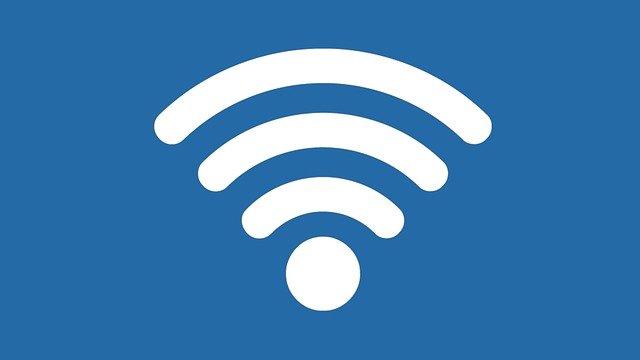May 14, 2020

Many rural communication operators are providing free service, setting up free Wi-Fi hot spots and taking other measures to ensure people living across rural America have access to critical services, remote learning and employment opportunities during the COVID-19 pandemic.
According to a new report from CoBank’s Knowledge Exchange division, the cash flow and debt risks these rural operators are absorbing to support their communities could limit their ability to invest in networks to bridge the digital divide tomorrow.
“These rural operators are going above and beyond to help their communities in ways they’ve never envisioned and it’s truly admirable,” said Jeff Johnston, lead communications economist with CoBank. “But it’s important for the rest of us to recognize the sacrifices being made by these companies come at a cost and have a finite lifetime.”
Many rural operators have signed the Federal Communications Commission’s Keep Americans Connected Pledge, committing they will not cancel service for anyone who cannot pay their bill, will waive late fees for late payments, and will make their Wi-Fi hot spots available to anyone who needs them for 60 days. The pledge, initially set to expire in mid-May, has been extended through June 30.
Supporting remote learning has been a top priority for many rural communication providers. For people living in rural areas where internet service is not available, several operators have set up large Wi-Fi hot spots in public areas like fairgrounds and parking lots where students can access the internet free of charge from their cars.
Other operators have worked with school districts to locate students living in households that did not have internet access and provisioned them for service free of charge through the end of the school year.
Many network builds have been put on hold during the pandemic and these delays could linger if cash flows are not replaced. At the federal level, several government programs help build and maintain rural broadband networks. These programs total approximately $37 billion that will be distributed over the next 10 years. Johnston estimates the real cost of bridging the digital divide is $115 billion, which puts the funding gap at $78 billion.
“Given the current circumstances, this may be an opportune time to implement long-term structural changes that will help ensure operators in rural America have the support required to bridge the digital divide,” said Johnston. “COVID-19 has exposed the vulnerabilities of people living in communities where access to broadband isn’t available.”
The current Universal Service Fund (USF) architecture, intended to help fund bridging the digital divide, may no longer be an effective model, Johnston added. USF contribution reform that includes applying fees to broadband bills could stabilize the USF program and ensure that more money is available to help bridge the digital divide.
Source: CoBank, which is solely responsible for the information provided and is wholly owned by the source. Informa Business Media and all its subsidiaries are not responsible for any of the content contained in this information asset.
Read more about:
Covid 19You May Also Like




